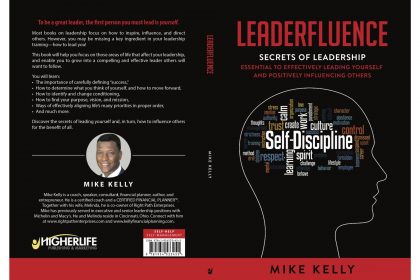Provided as an outline for you to write your marketing plan for your coaching business, this includes areas to cover and explanations on what to include.
- Market Research Summary – written last, this is a global summary
- Profession / Industry Economics
- Market Size and Demand – include information on the potential client base and demand for your services and sales patterns
- Trends – what is the growth of your market
- Influencers – how the economy, business environment, and politics impact sales
- Barriers – what specifically could interfere with your marketing efforts
- Strategies to Overcome Barriers – how specifically will you overcome barriers
- Target Market – include their demographics as well as their reasons for buying
- Competition – who else does what you do in your market, what do they charge, how do they compare
- Unique Selling Proposition – what makes your services special and different
- Branding – include your messaging and your design
- Description – describe what you offer succinctly and include your bio with education, coach training, and experience
- Pricing – how much will you charge for what you offer and what is your level of flexibility for negotiation
- Forecast
- Income Goals – when will you earn and how much
- Number of Clients Goals – how many individual, group, team, or corporate clients you want and how often
- Ancillary Sales Goals
- Workshops or Seminars – a great way to earn money while also gaining new clients; what programs will you develop and market and how are they connected with your coaching niche
- Speaking Engagements – motivational of topic focused this is again a great way to earn while gaining clients; be specific on content

- Other Services (Coaching Services, Consulting, Facilitation, Training, etc.) – what additional services will you offer and how will you both blend with and keep separate from your coaching services
- Products (Books, DVDs, White Papers, Newsletters, Training Materials) – what additional products will you offer and how will marketing them support offering your coaching services to new clients
- Expenses – part of your budget so here describe your marketing expenses including website, business cards, printed materials, travel for client meetings or networking, business dining for marketing purposes, product development, etc.
- Strategies
- Marketing Message – how are your mission statement and/or tagline perceived by your ideal client?
- Theme or Look – consistency counts: what logo, colors, font, and images will you use, how, and where
- Business Cards –information you will include (company name, your name, title, designations, niche, phone, email, website) and the font style and size you use to ensure readability, logos, colors, paper type, etc.
- Website – what pages will be included in what order, content and images for the pages, design colors, font, and images
- Home Page – give the reader an easy way to find what they want
- Services – describe what you offer and how it works
- Products – describe what is available and how it is purchased
- Events – what is happening for the reader
- Testimonials – provide testimonials clients give you permission to use
- Contact – how they can contact you
- About – information about your company and/or your personal bio
- Search Engine Optimization (SEO) – basics are often easy to put in place and spending on this is weighed against the likelihood of it meaning clients hire you
- Website SEO – plan your key words, page titles, page descriptions, and content so that these are unique on each page, consistent, and match each other on the pages
- Inbound and Outbound Links – outbound links are easy – these are links from your page to other good websites offering helpful information or insight; inbound links are when other sites link to you and these happen with directory listings, guest blogs, publishing articles, social media, etc.
- Brochures or Flyers – whether these make sense depends on your target market, your opportunities, and your reasons to hand them printed materials
- Blogs – a blog connected to your website is a great way to consistently add new content and create new links – it is a commitment so decide if you will blog once or twice a week or month
- Publishing in a Book or Articles – publishing demonstrates expertise – a book creates visibility and articles online are a great way to create inbound links (Example: write a chapter for the Center for Coaching Certification book series Coaching Perspectives to learn the process, have content you can later publish elsewhere, gain credibility, and have a product you can sell)
- Networking – both online and face-to-face your willingness to get to know others and then share how what you offer helps them based on their interests makes a difference in your ability to grow your referrals and client base
- Referrals – how and when will you approach your network, clients, and contacts to ask for referrals
- Social Marketing – include your plans for LinkedIn, Facebook, Twitter, YouTube, Instagram, etc.
- Speaking, Training, or Facilitating – one of the best ways to gain new clients is to get in front of them or someone who knows them; guest presenting increases exposure (Example: give a webinar at the Center for Coaching Certification)
12. Timeline and Schedule – when specifically, will you start each action item, how much time will you dedicate to it, how long will you continue your efforts




